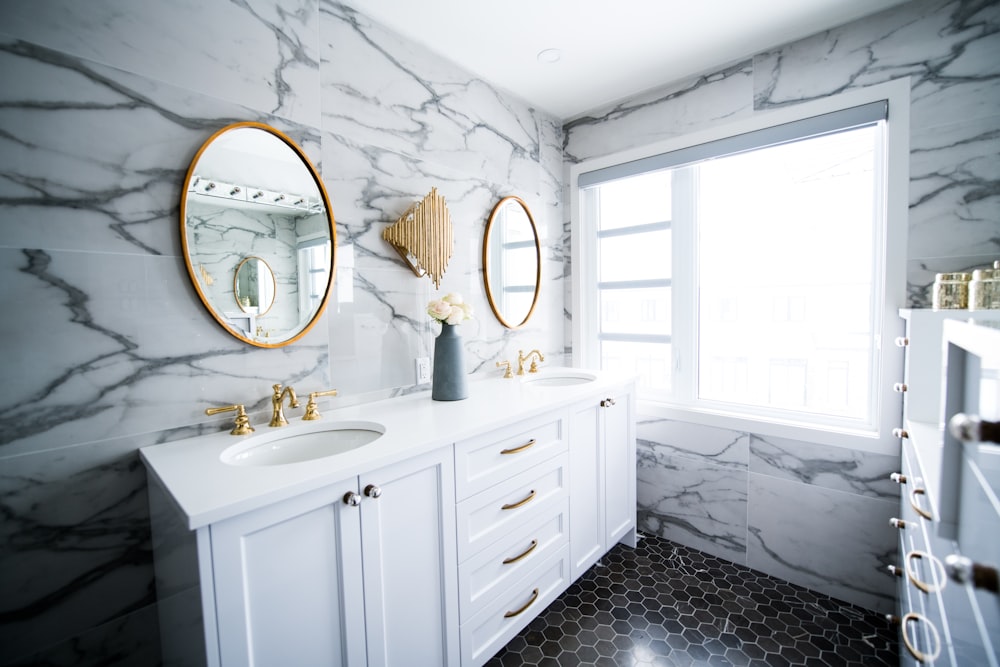Planning for a bathroom addition to your home involves careful consideration of costs and budgeting. From materials to labor expenses, understanding the financial aspects of this project is crucial. Let’s explore the various factors involved in bathroom addition costs and how to budget effectively for your new space.
Assessing Your Needs: Determining the Scope of the Project
Before diving into the financial details, it’s essential to assess your needs for the bathroom addition. Consider the size of the space you want to add, whether it’s a full bathroom with a shower and bathtub or a smaller powder room. Understanding the scope of the project will help in estimating costs accurately.
Materials and Fixtures: Cost Considerations
The materials and fixtures you choose for your new bathroom significantly impact the overall cost. High-end materials such as marble tiles, custom cabinetry, and luxury fixtures will naturally increase expenses. On the other hand, opting for more budget-friendly options can help keep costs in check. Research different materials and their price ranges to create a realistic budget.
Labor Costs: Hiring Professionals vs. DIY
Labor costs for a bathroom addition can vary depending on the complexity of the project and your location. Hiring professionals such as plumbers, electricians, and carpenters will add to the expenses but ensures quality workmanship. If you have the skills and time, some tasks can be done as DIY projects to save on labor costs.
Permits and Regulations: Understanding Legal Requirements
Don’t overlook the costs associated with obtaining permits and adhering to building regulations. Before starting the project, check with your local building department to determine what permits are needed for the bathroom addition. Failure to comply with regulations can result in fines and delays, so it’s essential to budget for these expenses.
Plumbing and Electrical Work: Hidden Costs to Consider
If your bathroom addition involves adding new plumbing or electrical fixtures, be prepared for additional costs. Installing new pipes, drains, and wiring can add to the overall project expenses. Factor in the cost of materials as well as the labor required for this specialized work.
Contingency Fund: Planning for Unexpected Expenses
No matter how well you plan, unexpected expenses can arise during a renovation project. Building a contingency fund into your budget is crucial to cover any unforeseen costs that may come up. Experts recommend setting aside around 10% to 20% of the total project cost as a buffer for unexpected expenses.
Cost-Saving Tips: Maximizing Your Budget
There are several strategies to help you save on bathroom addition costs without compromising on quality. Consider shopping for materials during sales or opting for pre-owned fixtures and furniture. Compare quotes from multiple contractors to find the best value for labor costs. Additionally, planning a straightforward layout without unnecessary complexities can help reduce expenses.
Financing Options: Exploring Your Choices
If you don’t have the funds upfront for your bathroom addition, there are various financing options available. Home equity loans, personal loans, and lines of credit are common choices for funding home improvement projects. Carefully compare interest rates, terms, and repayment options to find the best fit for your financial situation.
Timeframe and Scheduling: Impact on Costs
The timeframe for your bathroom addition can also affect costs. Rushed projects may incur higher labor costs, as contractors may need to work overtime to meet deadlines. Planning your project timeline carefully and allowing for a realistic schedule can help minimize additional expenses.
Planning and Budgeting Wisely: Tips for Success
To ensure a successful bathroom addition project within your budget, thorough planning and budgeting are essential. Start by creating a detailed budget spreadsheet that includes estimates for materials, labor, permits, and contingencies. Research costs in your area and obtain multiple quotes from contractors to compare prices. Be flexible with your budget but also realistic about what you can afford.
Conclusion:
In conclusion, budgeting for a bathroom addition involves a thorough understanding of the costs involved and careful planning. By assessing your needs, researching materials, understanding labor expenses, and budgeting for permits and contingencies, you can create a realistic budget for your project. Explore cost-saving options, consider financing choices, and plan your project timeline wisely to ensure a successful and financially feasible bathroom addition to your home. Read more about cost to add a bathroom addition

